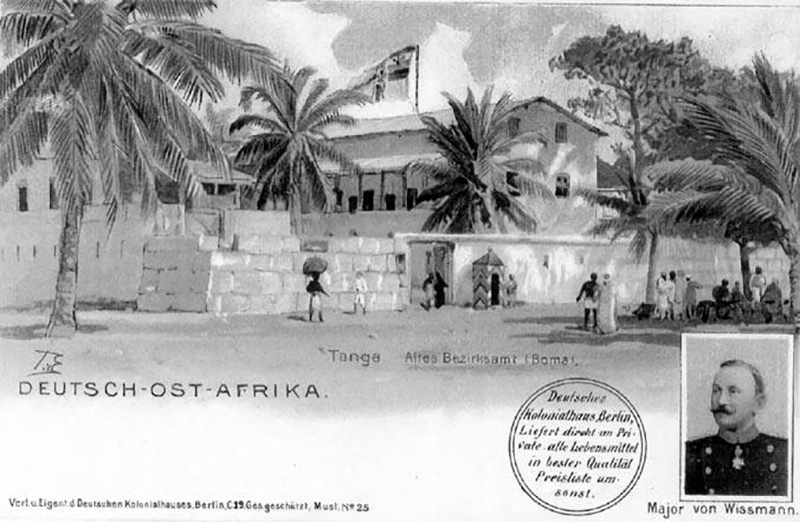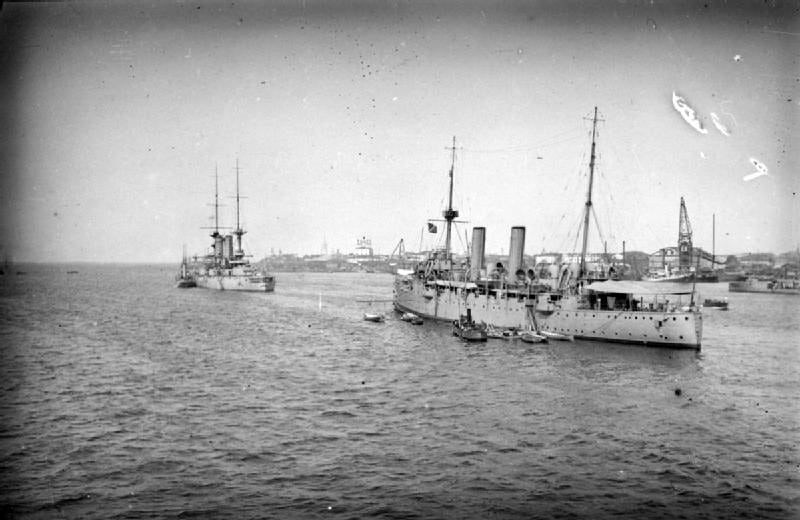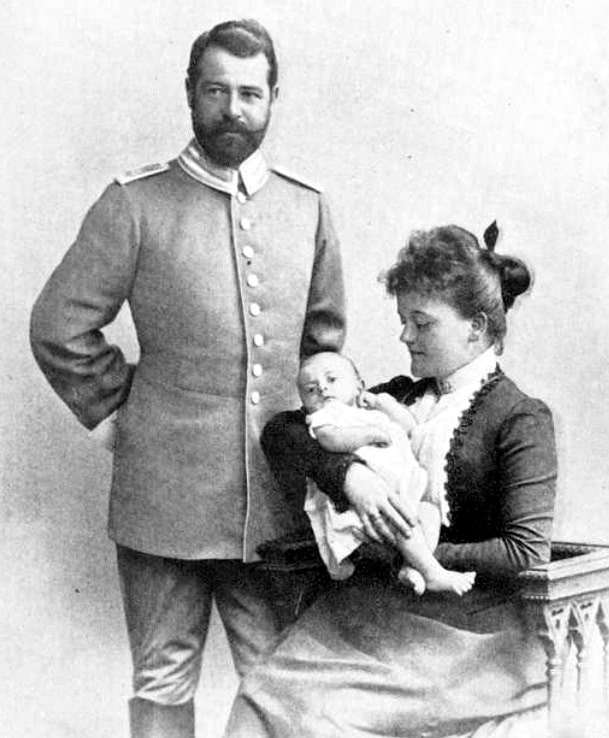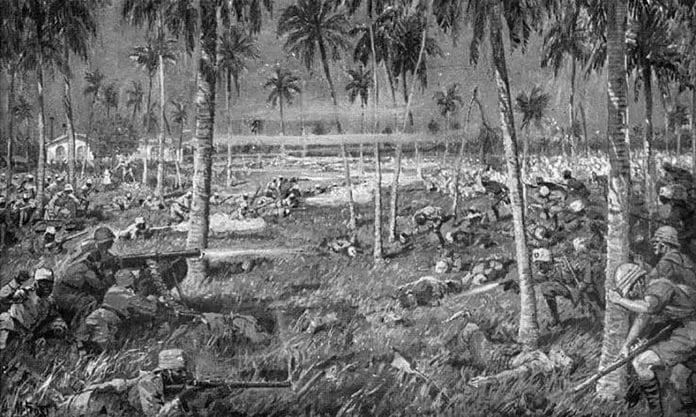Battle of the Bees (The Battle of Tanga 1914) – Prelude and Aftermath
The Battle of Tanga, also called the Battle of the Bees, was a failed attempt by the British Indian Expeditionary Force “B” commanded by Major General Aitken A.E to conquer German East Africa (modern-day Tanzania’s mainland portion) during World War I, in collaboration with the invasion Force “C” close Longido on Mount Kilimanjaro’s slopes. The British were beaten by a far smaller army of colonial volunteers and German Askaris led by Lieutenant Colonel Paul von Lettow-Vorbeck in the first major battle of the war in Eastern Africa. It marked the start of World War I’s East African Campaign, and it is regarded as one of the Schutztruppe’s biggest triumphs in Africa. The Schutztruppe was able to rescue modern equipment, food, tents, medical supplies, tents, blankets, food, and several Maxim Machine Guns as a result of the British retreat, allowing them to effectively fight the allies for the remainder of the war.
Background of the Battle of the Bees

Tanga was a major port and the ocean terminus of the crucial Usambara Railway, which stretched between Tanga and Neu Moshi at the lower slopes of Mount Kilimanjaro. It was only 80 km (50 miles) from the British East Africa (present-day Kenya) border. British warships were supposed to attack Tanga, but that portion of the plan was canceled. The neutrality of the capital Dar es Salaam and Tanga had been guaranteed by an agreement, but the agreement had been changed, and it felt “only right to tell the Germans that the deal was off.”
Instead, an amphibious attack on Tanga was to be used by the British to conquer German East Africa. The attack, however, went wrong, contrary to the strategy on paper. The British cruiser HMS Fox landed on November 2, 1914. Captain Francis Caulfeild Wade, the ship’s captain, stepped ashore and gave Tanga an hour to surrender and remove the imperial flag. Before leaving, he demanded information of whether or not the harbor was mined; he was told that it was, while in reality, it was yet to be mined. The flag was still flying three hours later, so Fox left to mobilize the Force “B” soldier convoy of 14 troop carriers. This provided the Schutztruppe and the people of Tanga enough time to prepare to counter the attack. Lieutenant Colonel Emil Paul von Lettow-Vorbeck, the German commander, hastened to Tanga. He strengthened the defenses (which consisted of only one company of Askaris at the time) with troops transported by rail from the town of Neu Moshi, eventually totaling roughly 1,000 men in 6 companies. Captain Tom von Prince, a former German East Africa Company officer, was his second-in-command.
Battle

During the 2nd and 3rd of November, Captain Caulfeild issued a command that the harbor be scoured for mines. During this process, Aitken, the commander of Force “B,” started an unimpeded landing of men and supplies in 2 groups near the harbor and 3mi east of Tanga on a beach free of mines. Other than the 27th Mountain Battery and the Faridkot Sappers, the rest of the invading force was ashore by the evening of November 3rd. Aitken commanded his forces to march to the city at midday on November 4th. Their approach was swiftly halted by well-hidden defenders. The conflict then shifted to skirmishing between the southern contingent’s palm oil and coconut farms and severe street warfare between the port force. The Kashmiri Rifles and the harbor contingent’s 2nd Loyal North Lancashire Regiment made strong progress, entering the town, capturing the customs house as well as the Hotel Deutscher Kaiser, and raising the Union Jack. But suddenly the advance came to a halt. The 27th (Bangalore) Brigade’s undertrained and underequipped Indian battalions dispersed and fled the action. Swarms of furious bees assaulted the 98th Infantry, causing it to disband. The Germans were also assailed by bees, thus the nickname of the battle. British propaganda turned the bee interruption into a nefarious German scheme, making up secret trip wires to disturb the colonies. The 13th Rajputs did not play a prominent part in the battle pf the bees since their morale had been affected by the 63rd Palamcottah Light Infantry’s retreat.
To reinforce the pressured Askari lines, colonial volunteers from the seventh and eighth Schützenkompanien [rifle companies] came by rail. The 8th Schützenkompanie, which was usually mounted, had abandoned their horses at Neu Moshi. Lettow-Vorbeck ordered his remaining reserves, the 4th and 13th Askari Feldkompanien (field industries) — the 4th had just arrived in Tanga by rail – to encircle the British rear and flank by starting bayonet attacks on the entire front in response to “Piercing tribal cries of war and bugle calls.” If the Imperial Service Brigade had not fled, a minimum of three battalions would have been taken out. As Force B’s disengagement “devolved into absolute disarray,” all order evaporated.
With an eight-to-one disadvantage, several German officers were cautious. The Askari withdrew to a camp far west of the city after a series of blunders by the buglers and an officer’s misunderstanding that they should withdraw and consolidate. Lettow-Vorbeck immediately reversed the action and commanded a redeployment, which did not take place until the early morning. “Tanga was at Aitken’s mercy for virtually the whole night [before daylight on November 5]. It was the battle’s most incredible irony.”

Who Won the Battle of Tanga?
Aftermath of the Battle of the Bees
Aitken, enraged and disappointed, commanded a withdrawal. The British forces left practically all of their equipment behind during their long retreat and evacuation back to the transports, which went on till late at night. ” this enabled Lettow-Vorbeck to re-arm 3 Askari units with contemporary rifles and 600,000 ammunition rounds for them. He also possessed 16 additional machine guns, as well as several important field telephones “as well as enough clothes to serve the Schutztruppe for a year. Captain Richard Meinertzhagen, Force B’s intelligence officer, entered the city under a white flag on November 5th, delivering medical supplies and a letter from General Aitken apologizing for attacking the hospital. Tanga’s streets were littered with the bodies of the dead and injured. “With a great disdain for their patients’ uniforms,” German physicians, as well as their African orderlies, worked ceaselessly.
Paul von Lettow-successful Vorbeck’s defense of Tanga was the first of his many victories during his protracted war in East Africa. The combat, on the other hand, was a complete catastrophe for the British and was described as “one of the most remarkable disasters in the history of the British military” in Britain’s Official History of the war. On the British camp, there were 360 dead and 487 injured; on the Schutztruppe’s side, there were 55 Askaris and 16 Germans killed, with a total of 76 wounded soldiers.
Paul von Lettow-Vorbeck originally estimated the British casualties at 800, but then changed his mind and thought it was more likely around 2,000. The Germans freed the British soldiers who had been captured or wounded after they promised not to fight again in the war.
For more articles about Tanganyika click here!

































